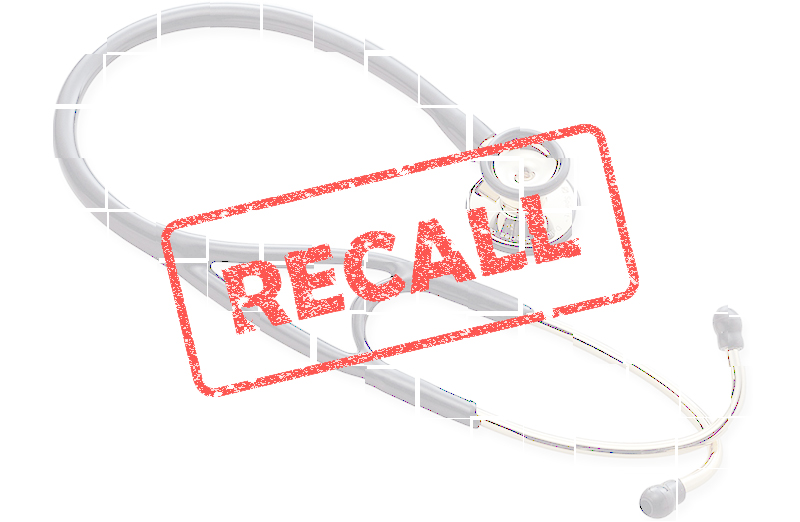In addition to issues surrounding the COVID-19 pandemic, medical device recalls also continued to make headlines in 2020. The number of recalls is rising, and according to Stericycle’s latest “Recall Index 2020 Edition 2”, medical device recall activity exceeded “300 recalls for the first time since Q2 2018”. In addition, the highest percentage of recalls in Q2, 14.1% (48 recalls), were attributed to safety issues. “It was surprising that for the first time in two years, software was not the top category of recalls. One could speculate that COVID-19 was a factor, but it’s probably too early to tell. We will keep a close eye on recall trends throughout the second half of the year,” says Chris Harvey, vice president of crisis solutions at Stericycle Expert Solutions. In a Q&A with MedTech Intelligence, Harvey sheds some light on medical device recall activity in 2020 and the potential role that the COVID-19 pandemic may have played.
MedTech Intelligence: The 2020 Stericycle Recall Index notes that medical device recall activity is the highest it has been in two years and cyberattacks are on the rise. Has the COVID-19 pandemic contributed to: (a) the increase in device recalls, and (b) more cyberattacks against healthcare organizations?
Chris Harvey: At this point, we don’t yet see a direct, measurable impact from COVID-19 on medical device recall activity. But we do know from field reports that the number of identified cyberattacks against healthcare organizations have increased at the same time that hospitals and healthcare systems are strained in managing their COVID-19 response. It could be a coincidence, or it might be that attackers are trying to capitalize on the perceived vulnerability of hospitals. We would need to see more data to reach a firm conclusion.
It’s hard to say how much the increased attacks will threaten device safety or patient health. That said, the recent TGA report suggests there is a real possibility of a linkage between device vulnerabilities and patient health.
The second quarter was an unusual one for medical device recalls. April only had 53 recalls, which is very low for the device industry. All signs pointed to a quarter impacted by COVID-19. But the dip didn’t last for long. May spiked up to 122 recalls and June followed with 110. Based on the data we can only imagine the device industry is just returning to the higher numbers we saw a couple of years ago and the annual average around 1200 recalls. We will be paying close attention the rest of the quarter and year. While there have been new or modified products that have entered the market to meet demand created by COVID-19, not to mention new manufacturers joining the game, it’s too early to say whether it’s those products that are the direct cause of the increase in recalls.
MTI: What are the top safety issues related to the 2020 medical device recalls?
Harvey: Distributed without a 510(k), false positives, potential for falls, and shipped outside of refrigerated temperature requirements are a few examples.
MTI: If there is a second wave of the virus nationwide, will this have a significant impact on device recalls?
Harvey: We think recall activity will behave similar to the way it did earlier this year. This would include a slight decrease in the number of recalls followed by a rebound. Of course, many variables in a second wave could change the path. For example, if the healthcare system comes under severe strain and the demand for devices increases dramatically, the risk of manufacturing problems increases.
MTI: What impact are these recalls having on the supply chain?
Harvey: As expected, hospitals and healthcare professions are focused on COVID-19 response, and recalls can be a distraction. It wouldn’t be unreasonable to think response levels are lower right now on product recalls. Recalling firms should remain very diligent with notifying customers and should look at a multi-modal approach that includes multiple notifications to ensure hospital and healthcare facilities are aware of a recall and take appropriate action. Now is the time for firms to stay diligent and go above and beyond to ensure safety because there is bound to be heightened litigation activity once the pandemic subsides.








